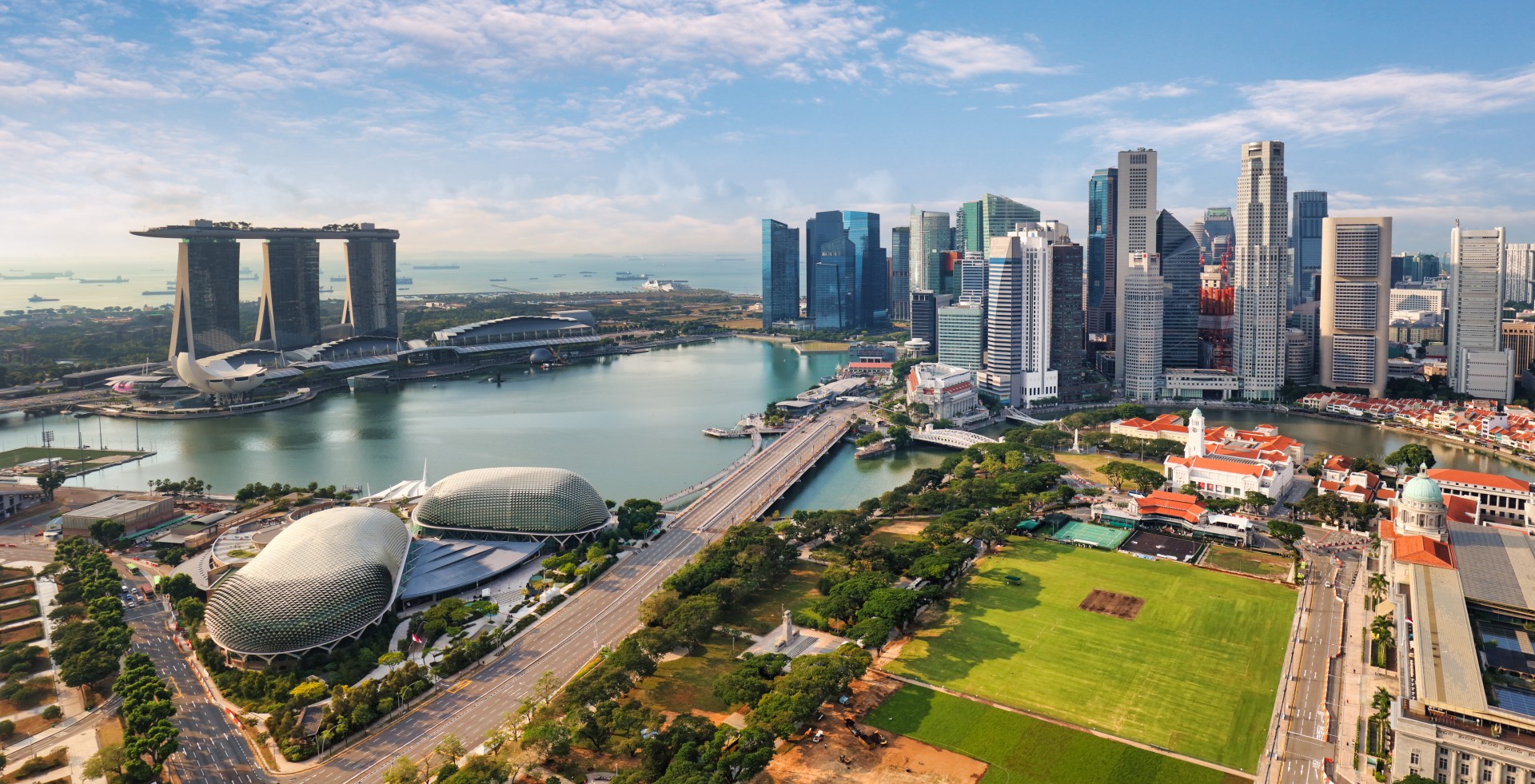Singapore builds for the future with Changi Airport Terminal 5
Singapore’s Changi Airport has officially begun construction on Terminal 5 (T5), a mega-infrastructure project set to redefine aviation capacity in the region. Scheduled for completion in the mid-2030s, T5 will add capacity for 50 million passengers per year. This expansion positions Singapore as a future-ready hub within the rapidly growing Asia-Pacific travel corridor.
As air travel demand rebounds, Changi’s T5 project strengthens the city-state’s leadership in mobility, commerce, and tourism.
T5 anchors Changi’s next-gen airport city
Terminal 5 is the centerpiece of the 1,080-hectare Changi East development, the largest expansion in the airport’s history. This masterplan includes:
-
A third runway
-
Underground transport links
-
Smart utility and logistics zones
Designed with flexibility in mind, T5 will feature modular construction and touchless technology. It will also integrate pandemic-resilient systems, reflecting key lessons from the COVID-19 era.
During the groundbreaking on May 14, Prime Minister Lawrence Wong highlighted the project’s vision. He emphasized that T5 is designed to prepare for a doubling of regional air traffic by 2043, as Asia-Pacific leads global aviation growth.
Infrastructure as a driver of growth and resilience
More than just a passenger terminal, T5 is a green infrastructure milestone. Sustainability features include:
-
Smart energy and ventilation systems
-
District cooling solutions
-
Rainwater harvesting
-
Solar panel integration
To date, contracts worth S$4.75 billion (US$3.6 billion) have been awarded. More will follow as the project expands. Economically, T5 is expected to drive job creation and boost industries such as tourism, logistics, retail, and advanced construction.
According to the Ministry of Transport, the terminal will serve as both a transport hub and an economic engine. It reinforces Singapore’s national resilience and long-term global competitiveness.
A boost to airline strategy and regional leadership
Terminal 5 will become the main base for Singapore Airlines and Scoot. This co-location improves transfer efficiency and allows for better integration between premium and low-cost flights.
Changi’s third runway, now under construction, will complement T5’s capacity gains. Together, they will increase the airport’s reach from 170 to over 200 destinations. This expansion positions Changi to stay ahead of regional rivals like Bangkok’s Suvarnabhumi and Kuala Lumpur International Airport, both of which are also expanding.
With T5, Singapore is making a bold statement: it intends to remain Southeast Asia’s top transit and logistics hub.
Editorial insight: Airport cities are shaping the future economy
The T5 expansion is part of a global shift toward aerotropolises—airport-led urban zones that integrate transportation, business, and lifestyle functions. Changi’s new terminal is more than an aviation project. It is a launchpad for:
-
Economic transformation
-
Resilient infrastructure
-
Cross-border cultural exchange
In a world where airports drive national GDP and tourism flows, Singapore’s early investment in modernization and digital systems sets a competitive example. By planning ahead, it is securing relevance in the next era of global aviation.
Conclusion: Terminal 5 will redefine Southeast Asia’s air travel landscape
The Changi Airport Terminal 5 expansion represents more than a new terminal. It is a long-term strategy for economic growth, regional leadership, and future-proof connectivity. As Asia-Pacific becomes the world’s busiest air corridor, Singapore is building not just an airport—but a global model for transit-integrated economic development.














